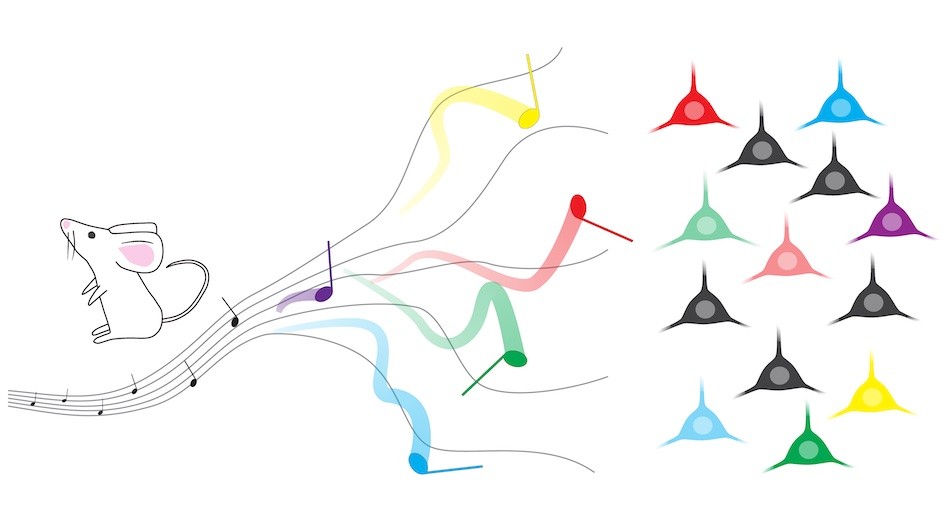2025-02-10 マサチューセッツ大学アマースト校
<関連情報>
- https://www.umass.edu/news/article/new-study-fails-show-youth-vaping-causes-future-smoking
- https://onlinelibrary.wiley.com/doi/10.1111/add.16773
若者の電子タバコとその後の喫煙: 系統的レビュー Electronic cigarettes and subsequent cigarette smoking in young people: A systematic review
Rachna Begh, Monserrat Conde, Thomas R. Fanshawe, Dylan Kneale, Lion Shahab, Sufen Zhu, Michael Pesko, Jonathan Livingstone-Banks, Nicola Lindson, Nancy A. Rigotti …
Addiction Published: 30 January 2025
DOI:https://doi.org/10.1111/add.16773
Abstract
Aims
To assess the evidence for a relationship between the use of e-cigarettes and subsequent smoking in young people (≤29 years), and whether this differs by demographic characteristics.
Methods
Systematic review with association direction plots (searches to April 2023). Screening, data extraction and critical appraisal followed Cochrane methods. Our primary outcome was the association between e-cigarette use, availability or both, and change in population rate of smoking in young people. The secondary outcomes were initiation, progression and cessation of smoking at individual level. We assessed certainty using Grading of Recommendations, Assessment, Development and Evaluations (GRADE).
Results
We included 126 studies. For our primary outcome, there was very low certainty evidence (limited by risk of bias and inconsistency) suggesting that e-cigarette use and availability were inversely associated with smoking in young people (i.e. as e-cigarettes became more available and/or used more widely, youth smoking rates went down or, conversely, as e-cigarettes were restricted, youth smoking rates went up). All secondary outcomes were judged to be very low certainty due to very serious risk of bias. Data consistently showed direct associations between vaping at baseline and smoking initiation (28 studies) and smoking progression (5 studies). The four studies contributing data on smoking cessation had mixed results, precluding drawing any conclusion on the direction of association. There was limited information to determine whether relationships varied by sociodemographic characteristics.
Conclusion
At an individual level, people who vape appear to be more likely to go on to smoke than people who do not vape; however, it is unclear if these behaviours are causally linked. Very low certainty evidence suggests that youth vaping and smoking could be inversely related.



